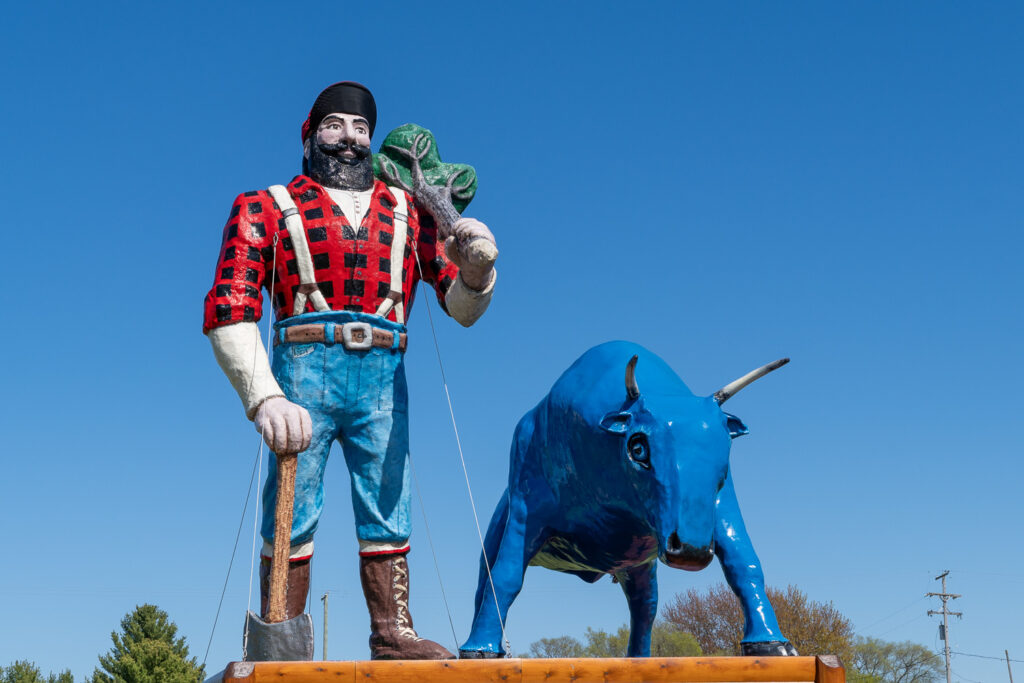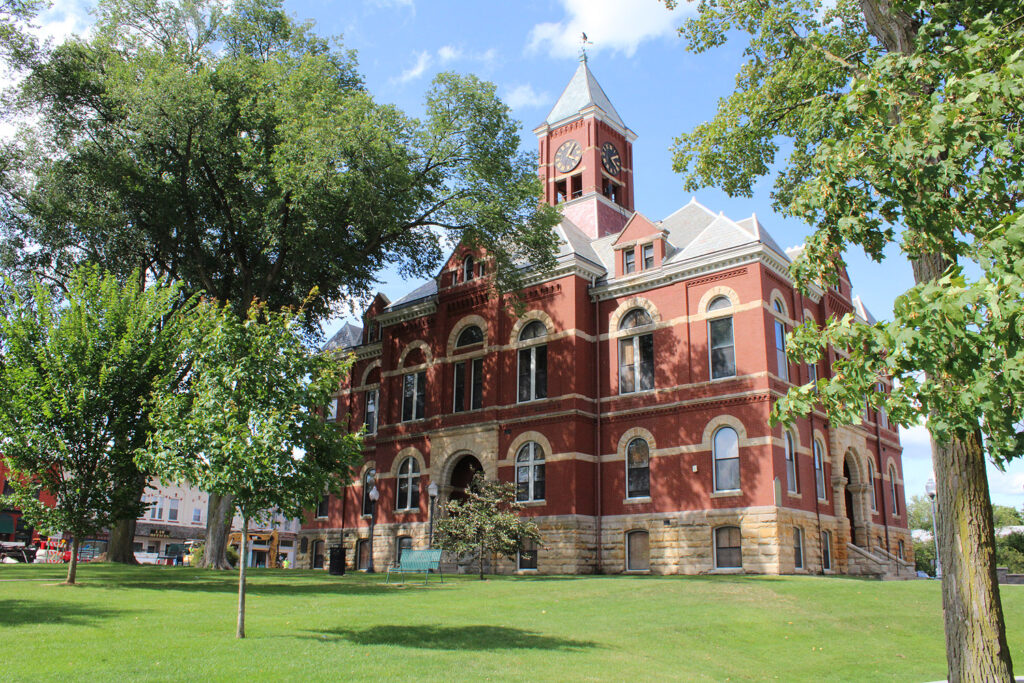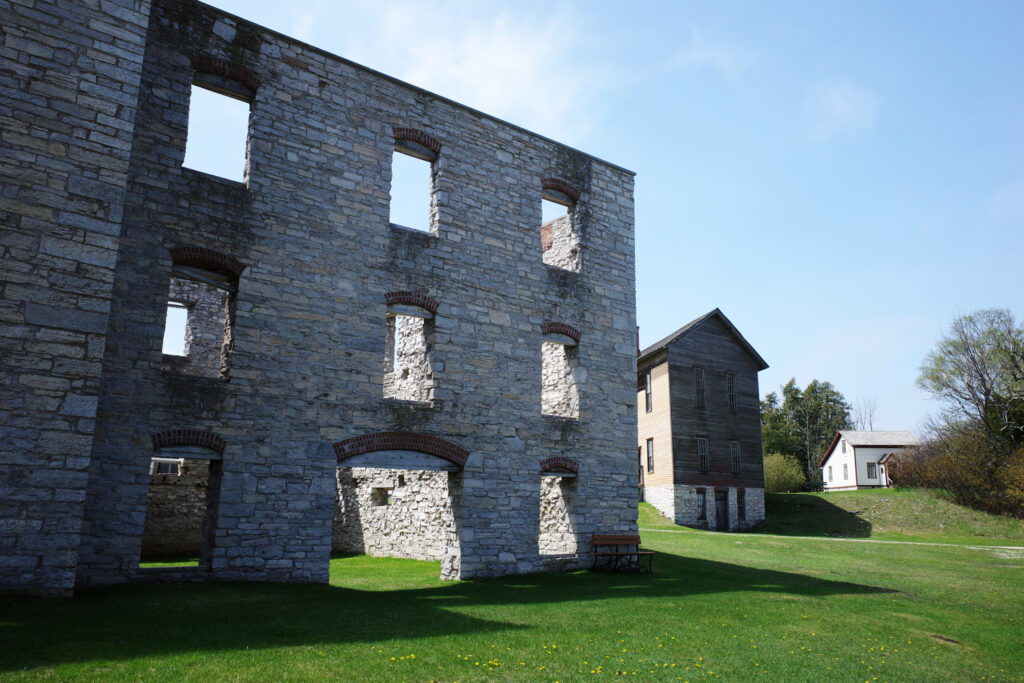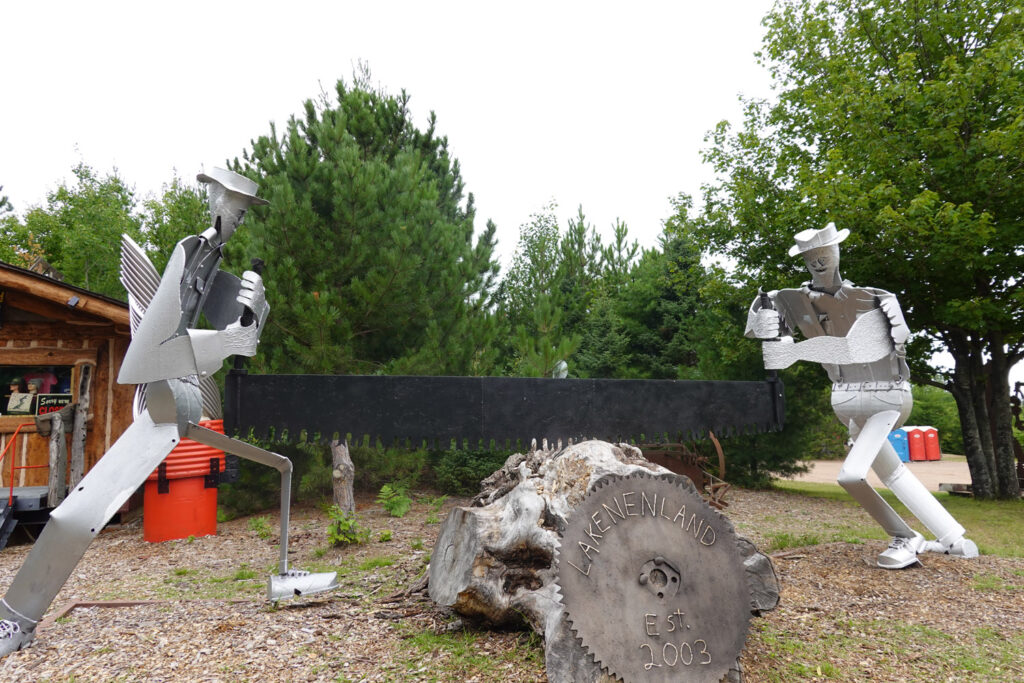Oscoda — Just when I thought I’d been everywhere in Michigan’s Lower Peninsula, a far-flung story idea sent me somewhere new. A day trip up the coast along Lake Huron to Oscoda, to gaze upon a semi-notable Paul Bunyan statue.
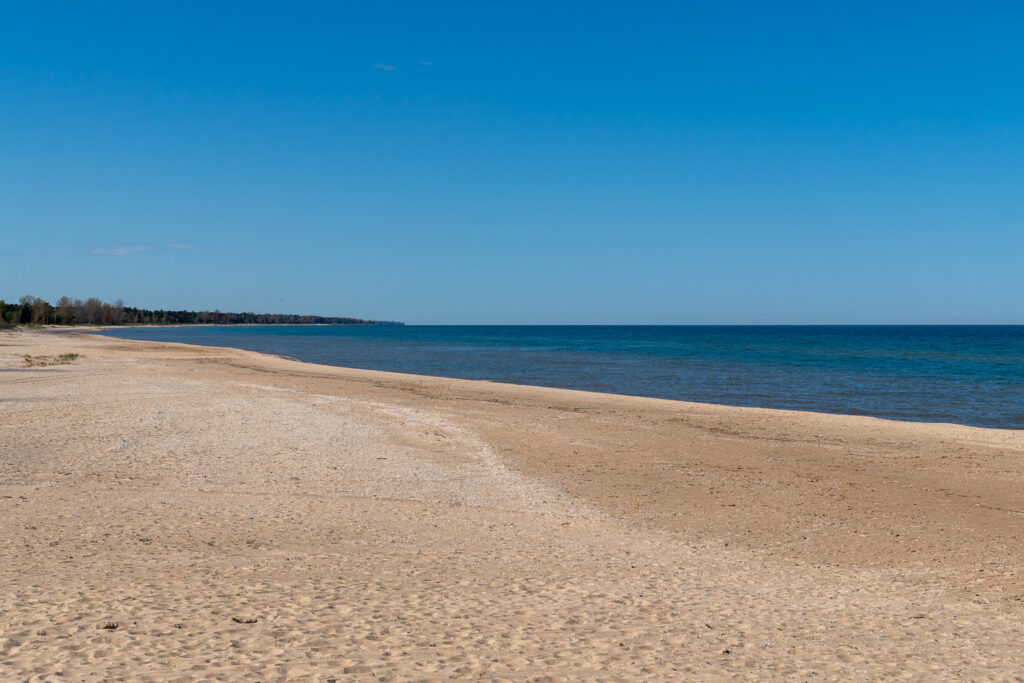
The statue underwhelmed, but the region did not. The Lake Huron Coastline. The sunrise side, they call it—gorgeous, hidden away, and wildly underrated—since the sun rises over Lake Huron from the east. Fairly remote from the rest of the state, and not typically where you’d think of for an “Up North” destination. It’s not Traverse City or Petoskey, not the West Michigan beach towns, not a tiny lake in the woods somewhere too remote to be recognizable. Sorry to blow up your spot, Northeast Michiganders, but it’s time people knew.
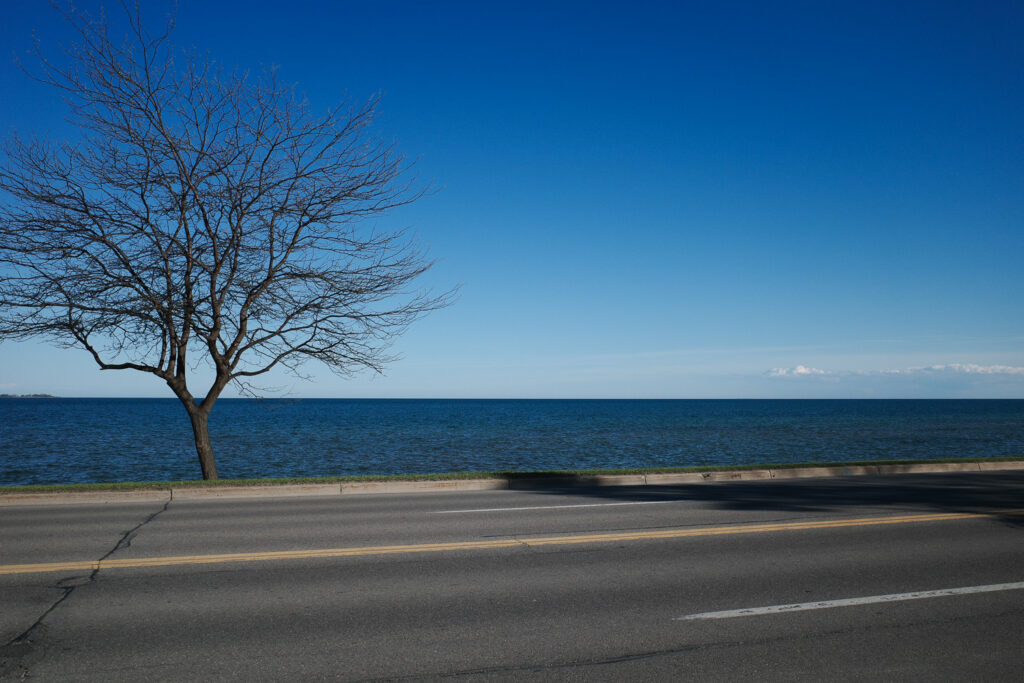
What happens up there? A few things, I found out.
Once you get past Saginaw and Bay City, just beyond where the thumb meets the rest of the Mitten, you start seeing roadside ice cream shops. One in particular, Rita’s Twisty Freeze in Standish, marks the vibe shift.
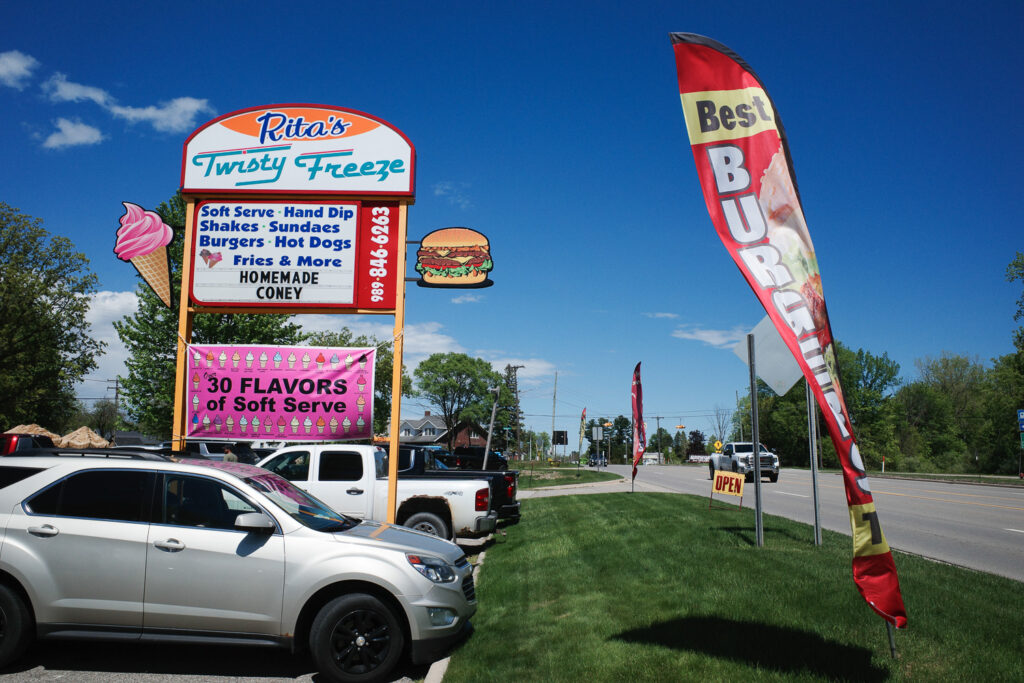
That’s where this particular stretch of the north begins—Up Northeast, we could call it. Right at the crook of the turn before Highway 23 veers off toward the lake, people stop off for ice cream and hot dogs at this roadside stand. On a sunny day in May, it was packed, with lines stretching well into the parking lot.
Past Rita’s, you start to feel your proximity to the lake. Starting in Au Gres, you begin to see the lake houses—hundreds of cottages on the lakefront. They’re scattered along the edge of the road, with the lake visible behind them, sometimes only 100 feet away.
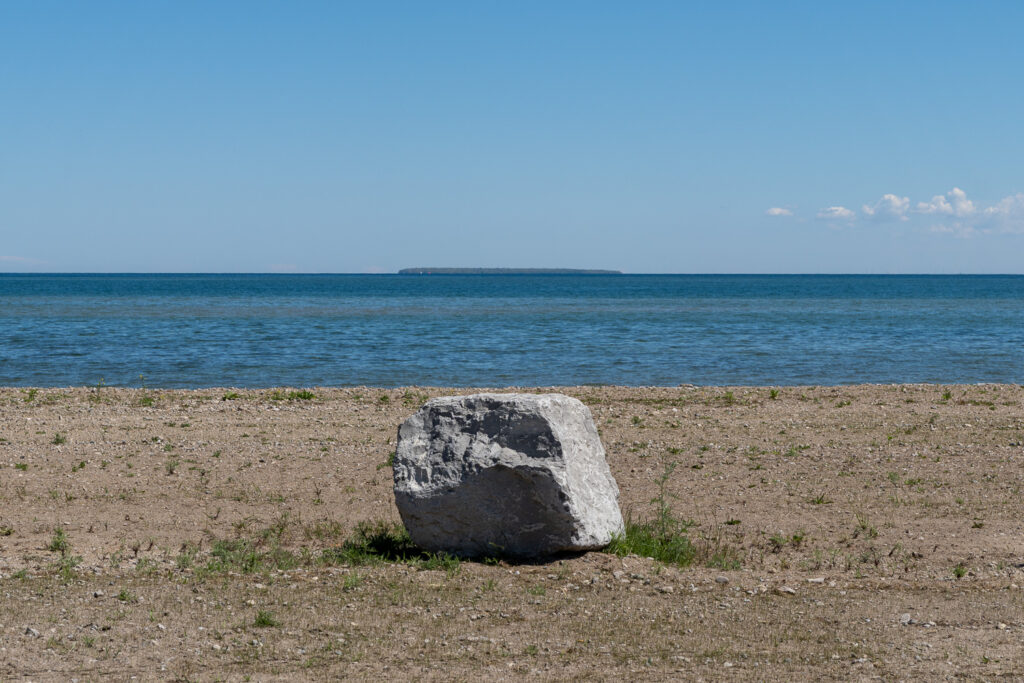
Each lake house has a unique name, often accompanied by a logo or piece of artwork, a decorated sign displayed on the side of the road. Sometimes a family’s name, sometimes a place name, sometimes a laconic joke reminiscent of an ironic boat name.
The signs color the area, literally, and also serve a practical function. With so many small cottages on the roadside, it’d be easy to mistake one for another. Especially for out-of-town guests, a unique name sign marks something more definitive than an address.
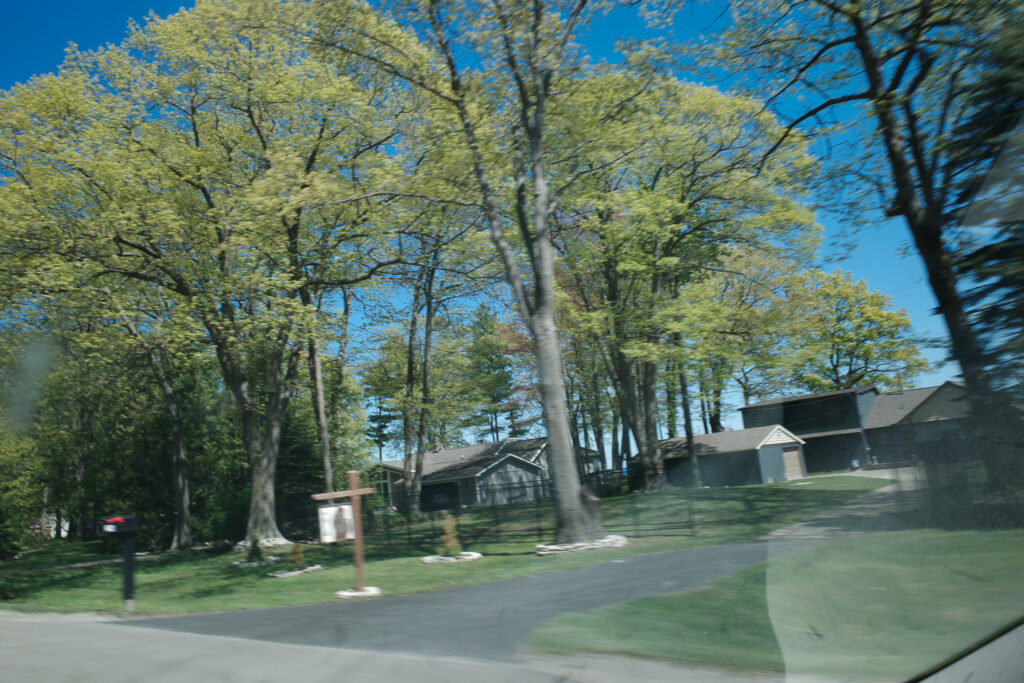
Most of the cottages aren’t luxurious by any standards. They’re more modest than you’ll see in West Michigan or Traverse City. True cottages, maybe a few bedrooms, a bathroom, a screened in porch. They are simple places to enjoy the lakefront, without being too ostentatious.
Undoubtedly, with real estate prices the way they are, even these modest cottages are starting to command a premium. Yet they still come off as humble, the vibe is much more working-class vacation spot than ritzy getaway. An outpouring of Southeast Michigan, stretching into the Northeast reaches.
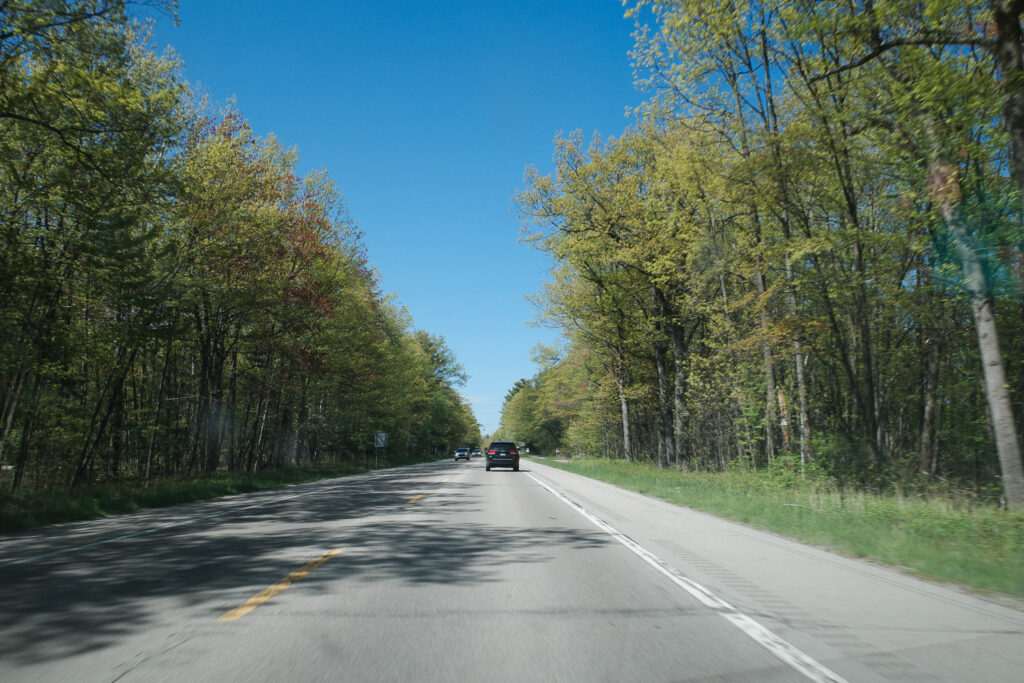
Situated along the lake, and surrounded by woods, the area hasn’t lost its feeling of remoteness. A few small towns and cities dot the lakefront headed north, but the energy is still overwhelmingly woodsy.

Beaches scatter the shore, some open to the public—both state and municipal parks—but most situated behind cottages.
My honest opinion: The Lake Huron beaches are the best freshwater beaches I’ve seen on the Great Lakes, except for West Michigan. The Lake Michigan beaches along that shoreline are simply the best, I’m afraid, just pristine in a way that rivals even oceanic saltwater beaches.
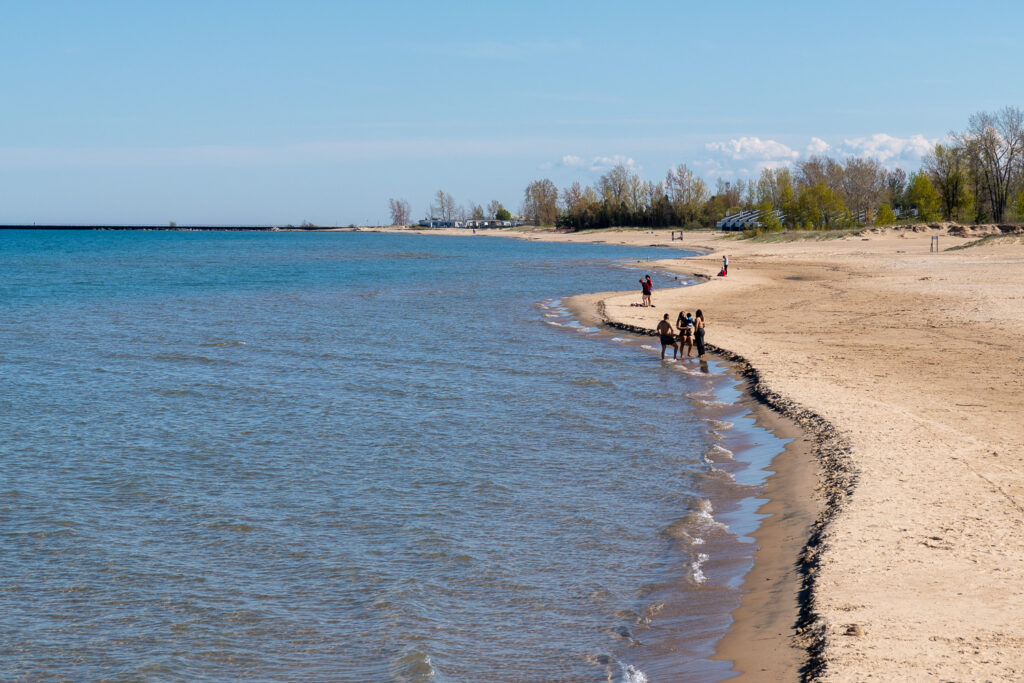
Lake Huron’s beaches may be second best in the state, but that’s still a hell of a compliment. They blow anything on Lake Erie or Ontario out of the water. Perfectly sandy, with long walkable stretches, nice distances between the beach and the waterline, scattered with shells and sticks and stones.
They are the platonic ideal of a freshwater beach, honestly. Beautiful and still somewhat rustic. We’ll consider Lake Michigan’s beaches to be the true anomaly here. Rest assured, the Lake Huron beaches are still perfect for laying in the sand and swimming on a hot summer’s day.
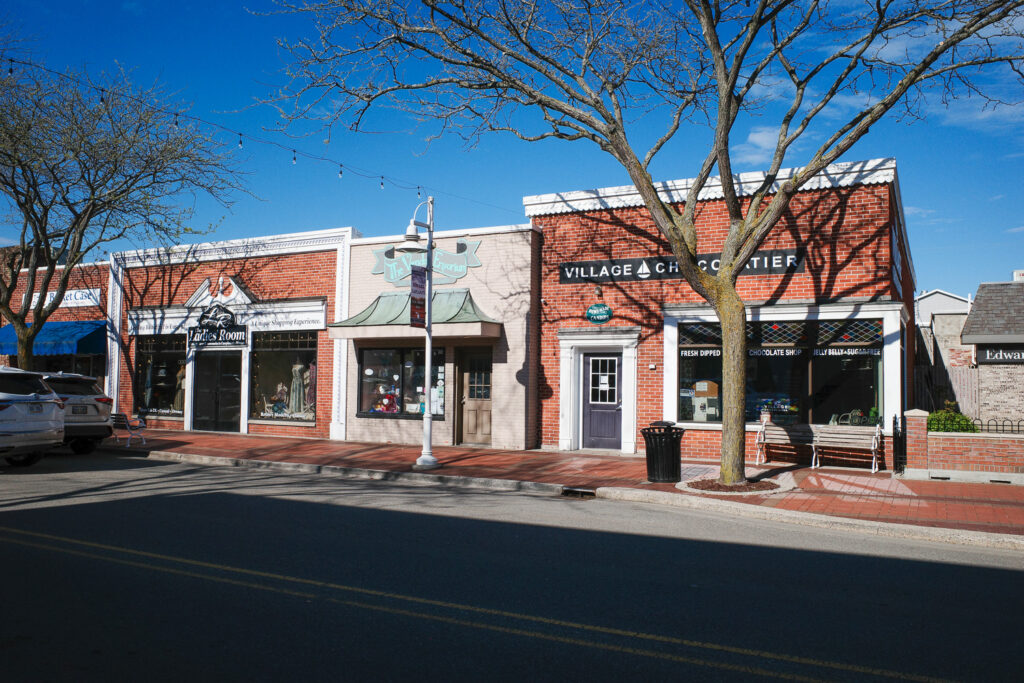
A few cities border the coastline. Tawas City is a cute little town with shops and ice cream counters, a few restaurants and bars. Only up here would the view from a random pizza place be an incredible vista of a Great Lake (shout out Tawas Bay Pizza Co., get the pickle pizza).
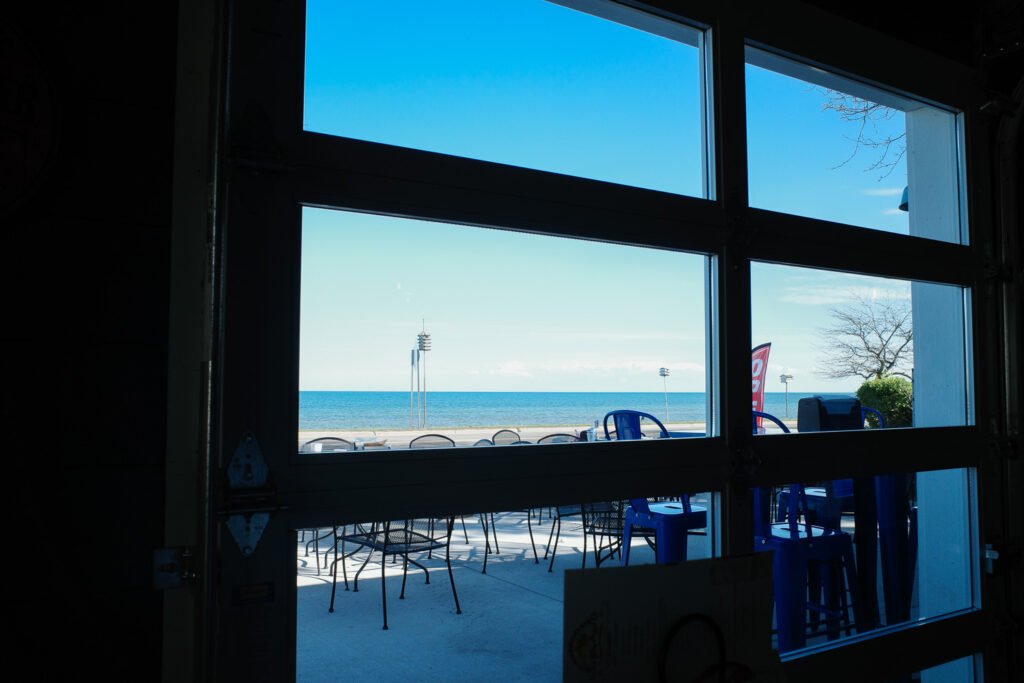
Tawas City feels more residential, recreational, and vacation-oriented, without being overwhelmingly touristy. Relaxed, quiet, little hustle and bustle. The whole sunrise coast felt like this. Even at peak summer season, I couldn’t imagine it ever feeling busy.
It would be a nice vacation spot, no doubt, if you like the sort of vacation I do. A relaxing week on the lake, hanging out in a cottage, not much to do, not a care in the world. Reasonably priced too, I gathered as I looked at Airbnbs afterward.
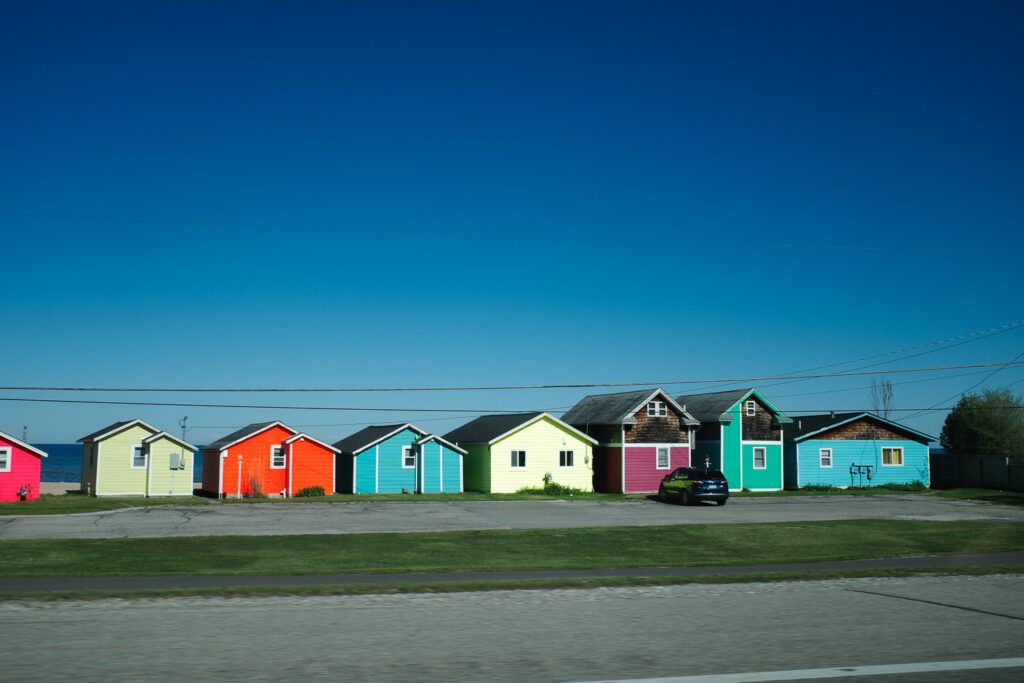
Further up the coast toward Oscoda, there are more vacation homes, cottages, and motels, even little “resorts” that are just a few strings of houses. Like the individual cottages, the names of these resort clusters were all kitschy and unique.
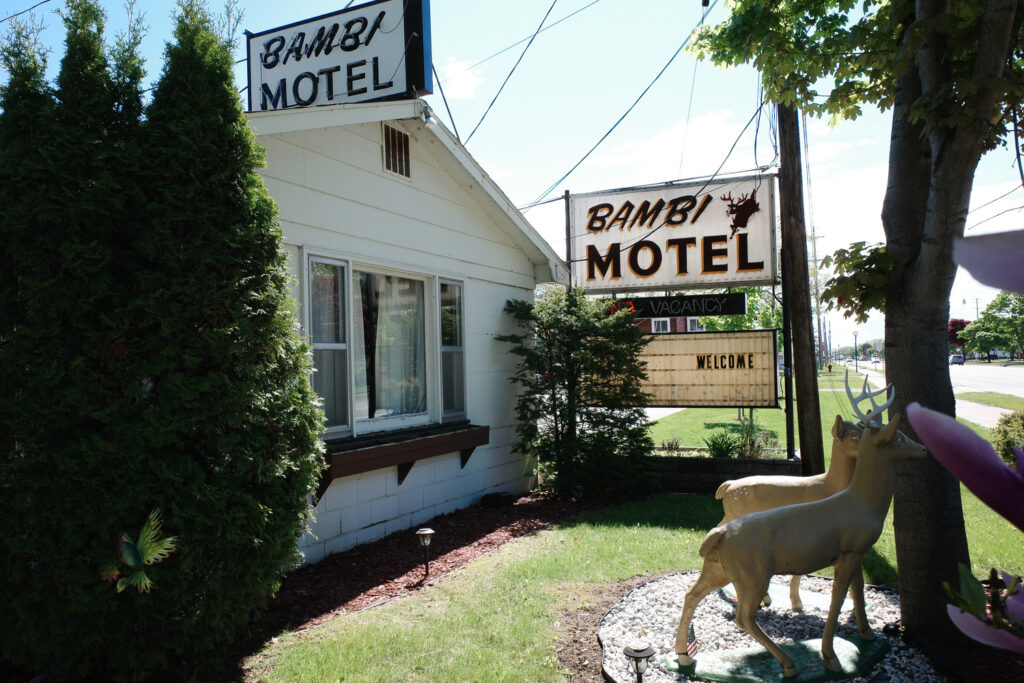
The Bambi Motel in East Tawas caught my eye, with fake statues of deer out front. Can’t say I stayed there, but the aesthetics were on point. I stopped for a photo and drove on.
I was on a mission, to see this Paul Bunyan statue. The key to the North, to understanding the region, perhaps. The root of it all.
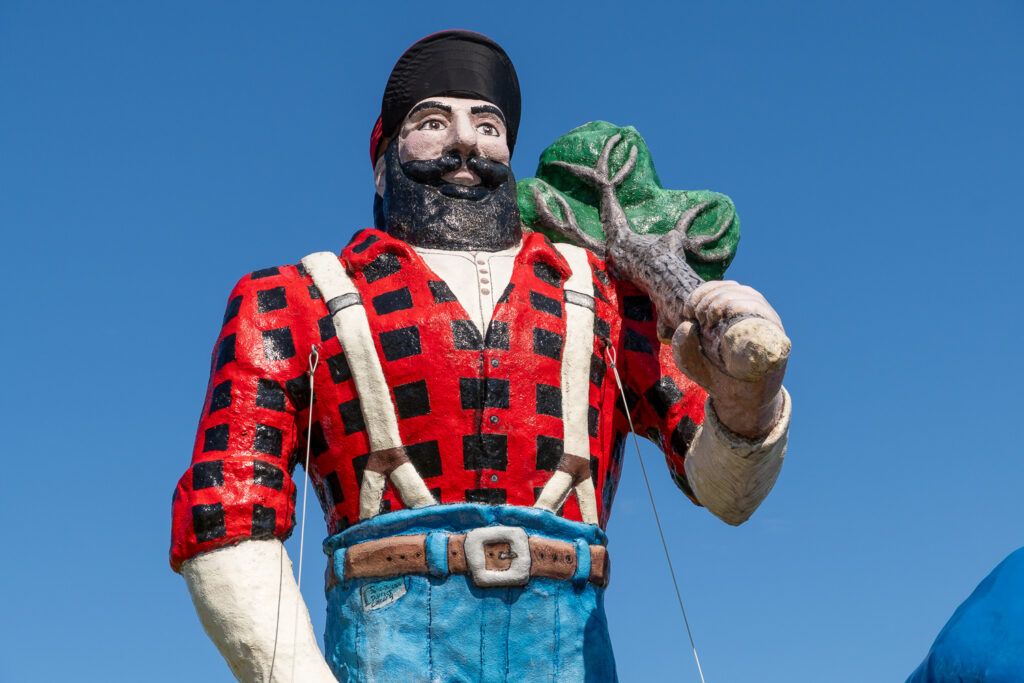
In a way, it was. Standing in the middle of an empty field, on the main drag in Oscoda, stands Paul and his Brave Blue Ox. Colorful, statuesque, completely underwhelming. Not nearly as tall as I expected, but I stopped to take it all in.
Downtown Oscoda, at least this stretch of it, has seen better days. Boarded-up businesses mostly, one car dealership down the road. I parked in the lot of a former Family Video, the signage still up as if you could pop in there to rent a DVD.
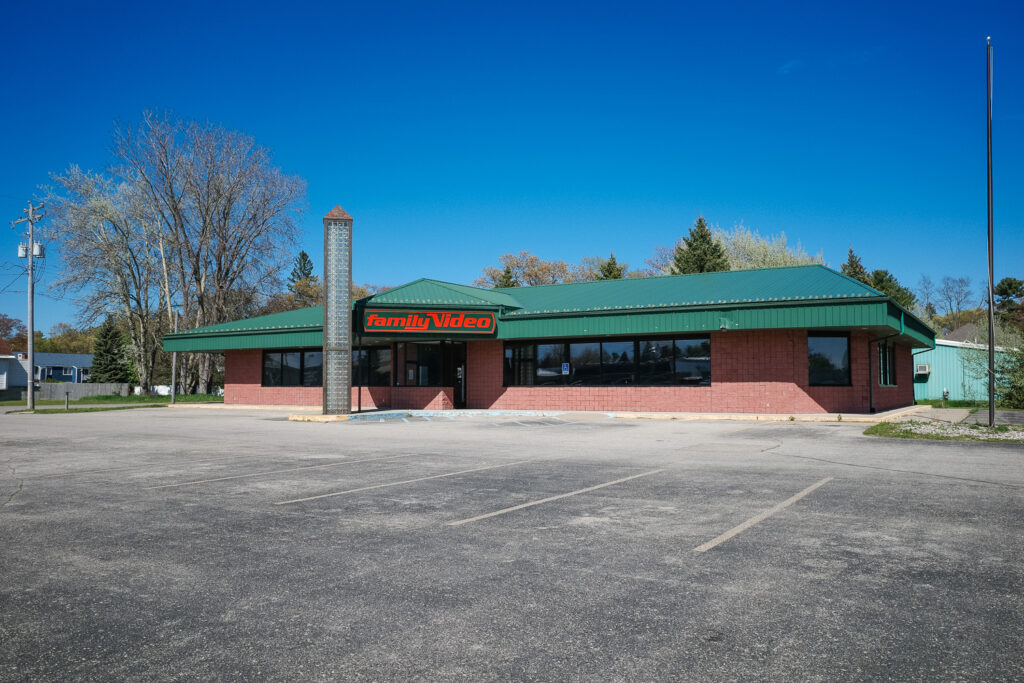
Oscoda marks the point on the coastline where the vacation stretch drops off. There are cottages past it, no doubt, but it becomes more residential, more remote, less accessible to outsiders and temporary residents.
The transition is complete by the time you get to Alpena. Almost everyone in the town lives there, belongs there, is from there. Or they left a long time ago, and their absence is still felt. Empty storefronts and the lone statue in an empty field.
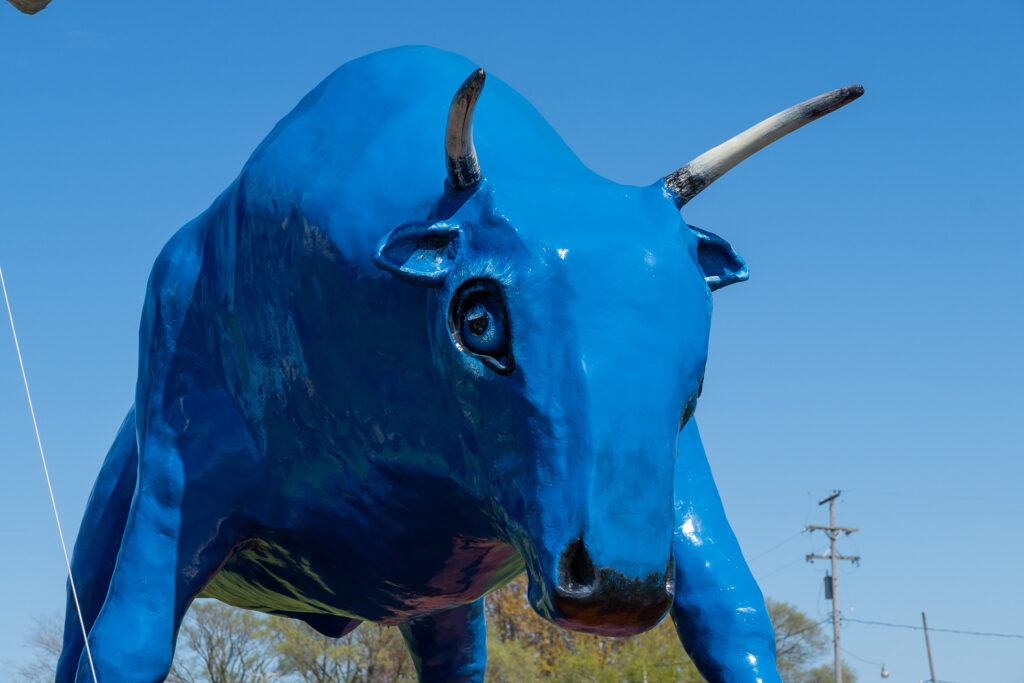
Paul Bunyan, the woodland explorer, the lumberjack, and tamer of the frontier. A signifier of civilization’s farthest reaches. His statue in Oscoda makes sense. It marks the farthest extent of the vacationer stretch of Lake Huron, the high-water mark for the cultural influence of Southeast Michiganders coming up to touch grass.
The statue does evoke the symbolism of the region: understated, colorful, and zero pretension towards being something grander.
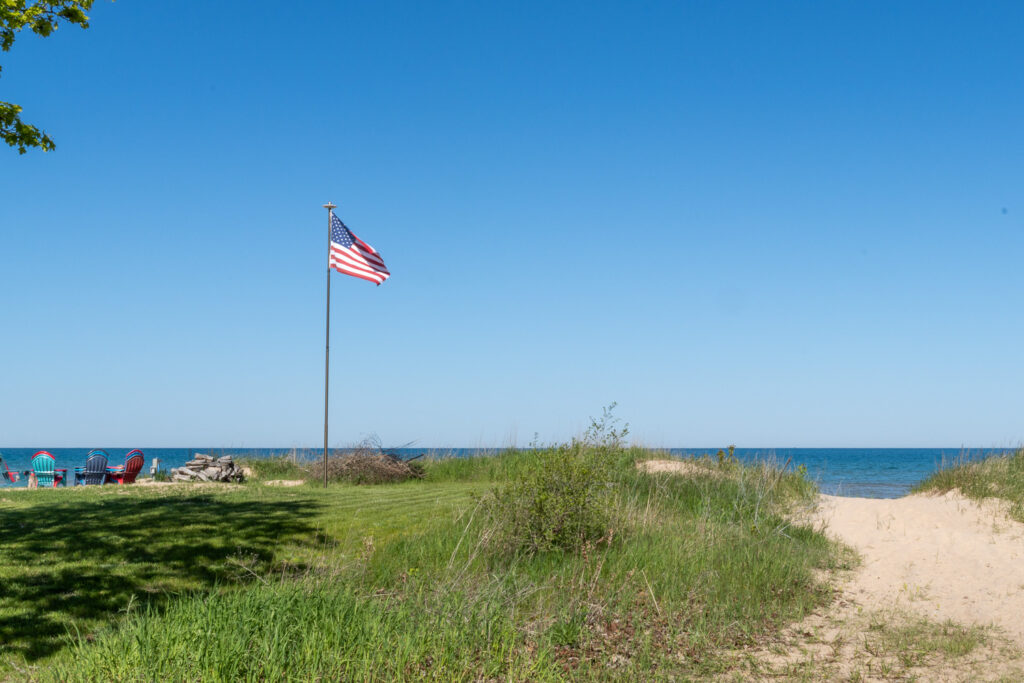
It’s not worth going to see on its own, but the sunrise side sure is. Beautiful, quiet, and remote, with just enough touristy draw, just enough of that impeccable Michigan summer atmosphere.
Once the crowds figure this out, they’ll have the same problems Traverse City does, with tourist crowds and swelling real estate prices. But for now, and likely for a while, the Lake Huron Coastline is still hidden away, and well worth a visit.
Bobby Mars is art director of Michigan Enjoyer. Follow him on X @bobby_on_mars.
